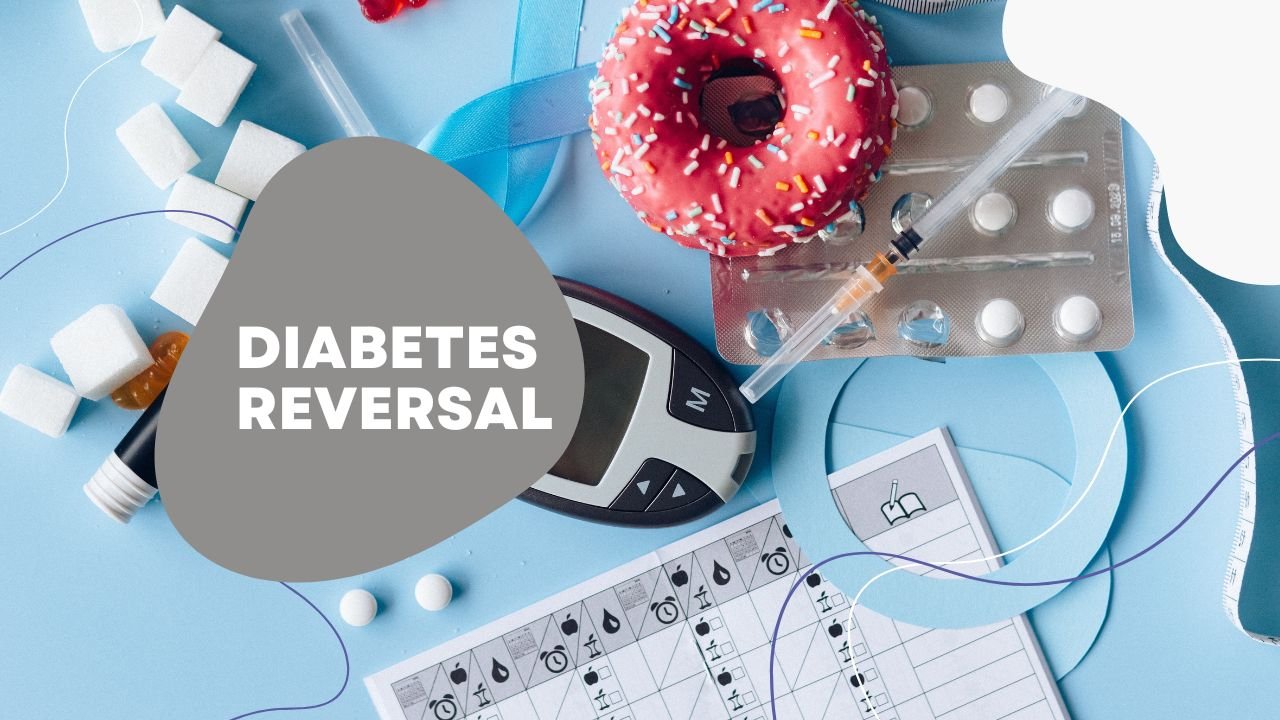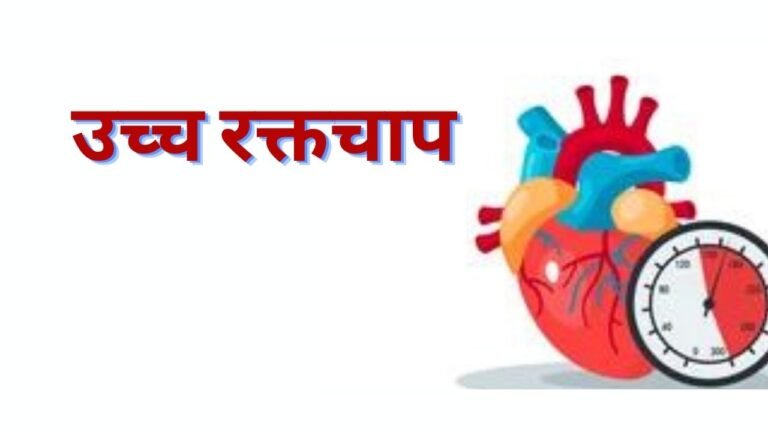Diabetes reversal
India is the capital of diabetes. At every 2–3 houses we find sugar patients. Diabetes is becoming a very common problem nowadays. It is inherited or genetic in the family. Due to having refined carbohydrates. Stress is also considered one of the main reasons. 30–40% of people have diabetes inherited the other 70–60% are due to lifestyle problems.
It is not even a disease nor it is curable it is a reversal and can be controlled. The fluctuation of sugar in the body can be maintained and controlled by a daily routine diet. One can easily control their sugar by themselves by adding certain foods or avoiding certain foods.
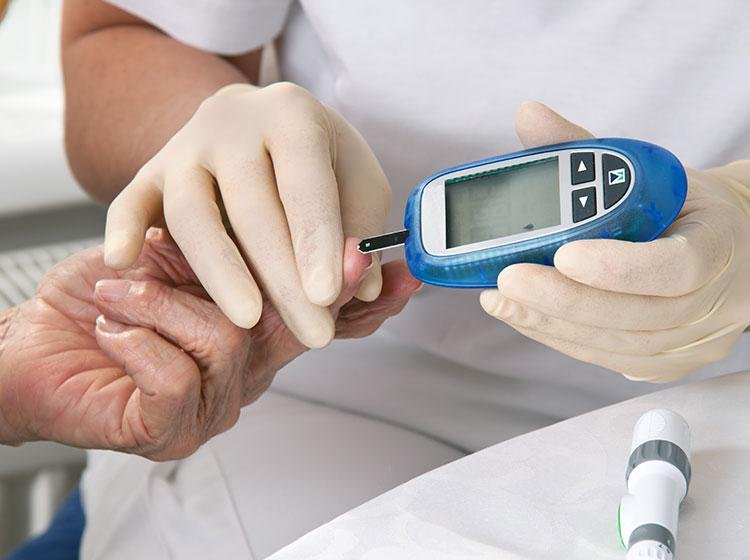
Being a consultant, one should use proper words for clients and patients when they are under your supervision. It can cause by hereditary, stress or lifestyle. It is an autoimmune disorder. In India, there is 90% of type 2 diabetes. There are 2 common types of diabetes viz. type 1(which is insulin-dependent) which occurs before the maturity age of an individual also called Juvenile diabetes at the age of 16–17 years and type 2 (which is not insulin-dependent) which is the onset of maturity diabetes to release a certain amount of insulin more from the pancreas failing which causes it maintaining their glycemic index too, found in elders. Type 3 diabetes is related to pancreatic tummy, that is the pancreas is removed due to any issue which is the cause of diabetes (it is due to other causes) and type 4 is related to gestational diabetes this is seen in pregnant women during the 20th week of their pregnancy, it is not permanent type the person doesn’t have to be dependent on medicines for whole life.

Health risks that are suffered by these patients, in general, are dialysis, burning sensation on feet, kidney failure, fatty liver condition, blurred vision, etc.
Diabetes does not only affect the internal problem but affects some or other organs too but sometimes it is a ‘silent killer’. Insulin is the main hormone in the body, it provides proper food to the body. One should not only be dependent on medicines but should prefer alternate medicines. There are two factors of diabetes one is the production of insulin, the other is the assimilation of the insulin in which the alternate thing is to exercise.
The most common symptom is frequent urination. 90% of people face this issue and even in the night time, they get up for a number of times and pee. It is yellowish and smells sugary because it is acidic and has a high pH level.
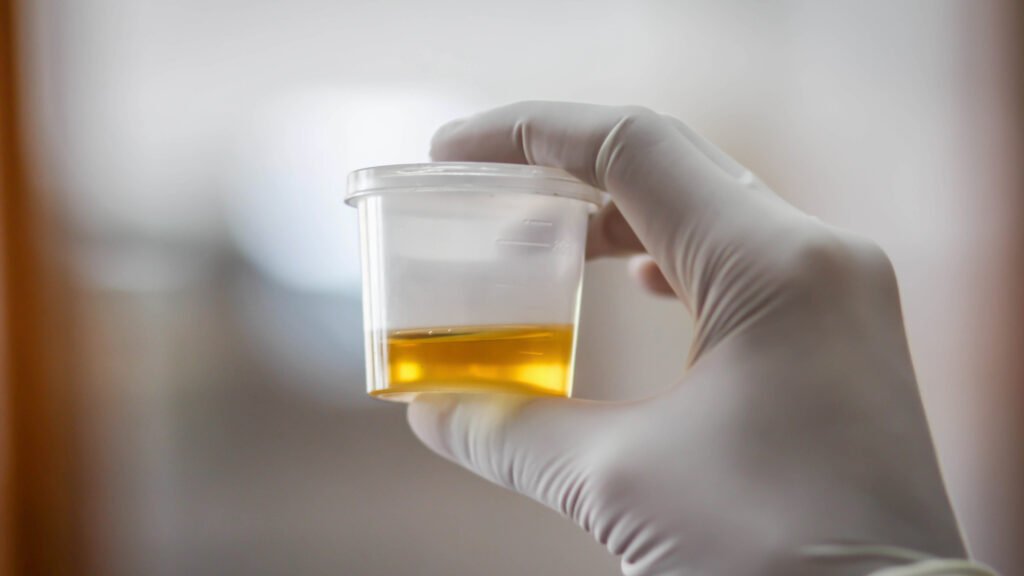
The other common thing is memory. Being breathless while working is in some people. Some may feel drowsy and mood swings. There is numbness, tiredness, cramps, inflammation, wet eyes, burning eyes, and appetite satisfaction is imbalanced. Particularly, there is not any pattern of symptoms seen in the patients. Every patient’s body is different and their problems would therefore be different. There may be different symptoms for thyroid patients as frequent weight loss, continuous thirst, frequent urination, and continuous tiredness. One should not do anything blindly instead pathological help is necessary. One can suggest different therapies and medicines or herbs to the patient. Again, should be looked after the person’s appetite, diet, financial availability, and allergens in the body.
Suggesting suitable and effective solutions to patients naturally according to their lifestyle is the best way to deal with patients. To detect type 1 or type 2 diabetes there is a test called as GAD test.
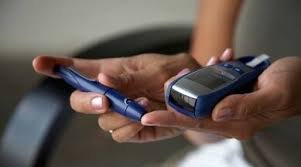
TESTS TO DETECT DIABETES:
- CBC ESR Test is required to check haemoglobin count and infection in it. To also check the white blood cells.
- FBS Test Fasting Blood Sugar Test to check sugar level empty stomach or post lunch. This can be done monthly. The stomach should be empty for 12 hours. If the FBS test shows the sugar about 150 then it is required for the person to do further tests.
- HBA 1C to check insulin or haemoglobin blood sugar. Its general ratio is 6–6.5 which is normal and if it increases to 9–10 it detects the worst sugar condition. It’s the trimonthly test. To check how much our insulin resists.
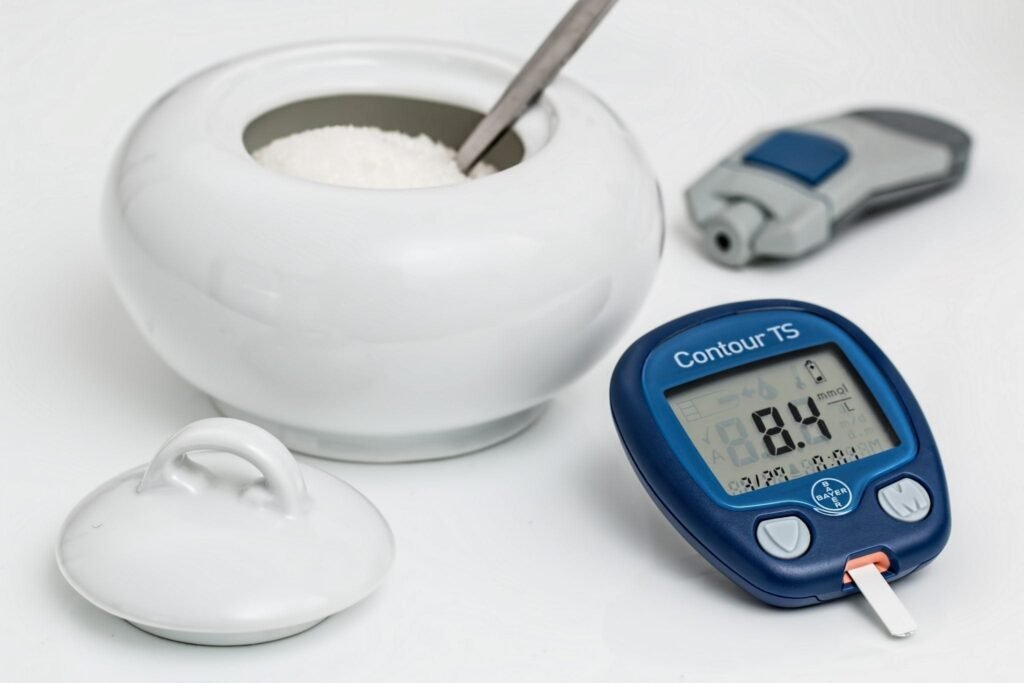
One should target the fasting sugar of the person. Not to label a person after a single test that it they are diabetic. Let these tests clear by the person and immediately do not suggest heavy and major tests. Also, the basic sugar an individual should possess is 6 or 6.5 in range.
These are basic tests that can be done. If there would be any such severe problem various major and advanced tests are also done with a proper prescription. If you want to see the performance of a person’s sugar level by random tests with the individual’s permission.
HOW TO CONTROL IT:
For type 1: We cannot control insulin at 1. One cannot fully be dependent on any medicines or allopathy in this type of diabetes.
One can control their insulin units by only food management as well as lifestyle management. Adding protein food more. The proper time of food consumption is the major thing to manage. It is wrong if someone says they cannot be dependent on Insulin.
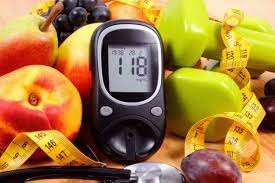
One should maintain the food chart as in 40% protein, 30–40% on carbs and 20% on other minerals and fats. Along with which 80% dietary fibre. Make sure you let the patient continue the same dietary aspects for life long so that their 50–60 units can be lowered to 10 units. They should avoid dairy products more. They should need 6–8 hours of sound sleep. They should stress less about things and make sure to divert them. One should go with plant-based protein. They should replace their rice and wheat chapati with jowar or bajra having a lower glycemic index. They should avoid 2 grains together. Multigrain is not good for them. The salads should be before 30 mins of your regular lunch.



